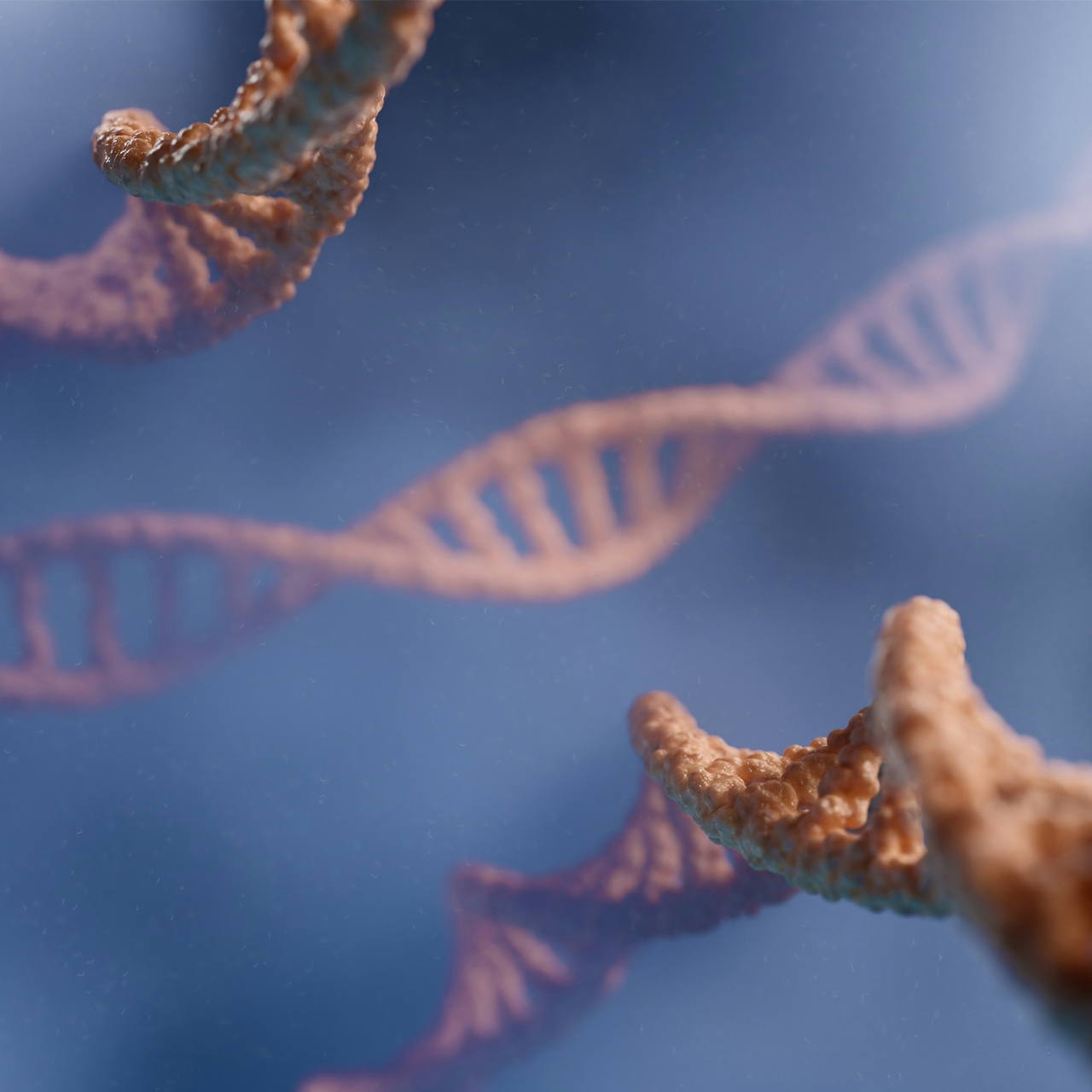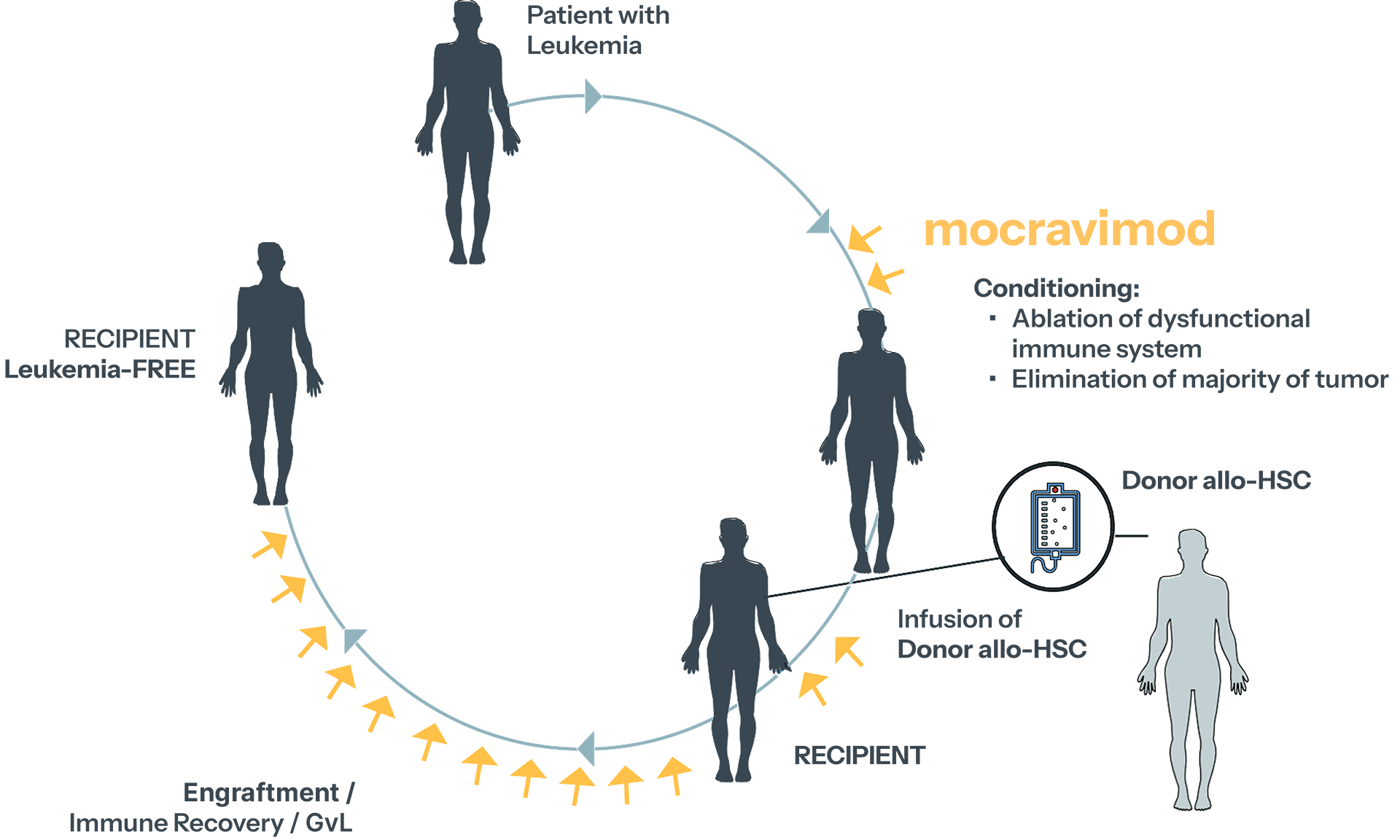Acute Myeloid Leukemia
Acute myeloid leukemia (AML) is an aggressive and highly proliferative form of blood cancer where the bone marrow generates abnormal myeloblasts (a type of white blood cell).

AML
AML is the most common form of acute leukemia and progresses quickly if left untreated, leading to death within a few months after diagnosis.
Various modalities of chemotherapy are followed by allo-HCT, in the cases associated with the most severe prognosis. AML is the most common form of acute leukemia in adults and has the shortest survival (5-year survival = 24%).
A high unmet need remains to improve treatment outcomes through the prevention of relapses and transplant-related toxicities such as graft-versus-host disease (GvHD).
Despite progress in reducing transplant-related mortality, only few clinical improvements in post-transplant relapse incidences and overall survival have been achieved over the last four decades. Approximately 40% of post-HCT AML patients will relapse and face a dismal prognosis with a 2-year survival of less than 20%.
Mocravimod, a modulator of sphingosine-1-phosphate (S1P) receptors, has the potential to enhance the curative potential of allogeneic HCT in hematological malignancies in general and in AML specifically.
Allogeneic Hematopoietic Cell Transplantation (allo-HCT)
Allo-HCT is often the only curative option for patients with intermediate and high-risk hematological malignancies. Despite its curative potential, many patients relapse.
The key to preventing relapse lies in the graft-versus-leukemia (GvL) effect, mediated by allogeneic donor T cells, which attack leukemia cells primarily in lymphoid tissues like bone marrow. However, these same T cells cause detrimental graft-versus-host disease (GvHD) by attacking healthy tissues such as the GI tract, liver, lungs, and skin.
Mocravimod offers a novel approach by trapping donor T cells in lymphoid tissues, reducing GvHD while preserving GvL, thereby minimizing relapse without compromising the anti-leukemic response.

